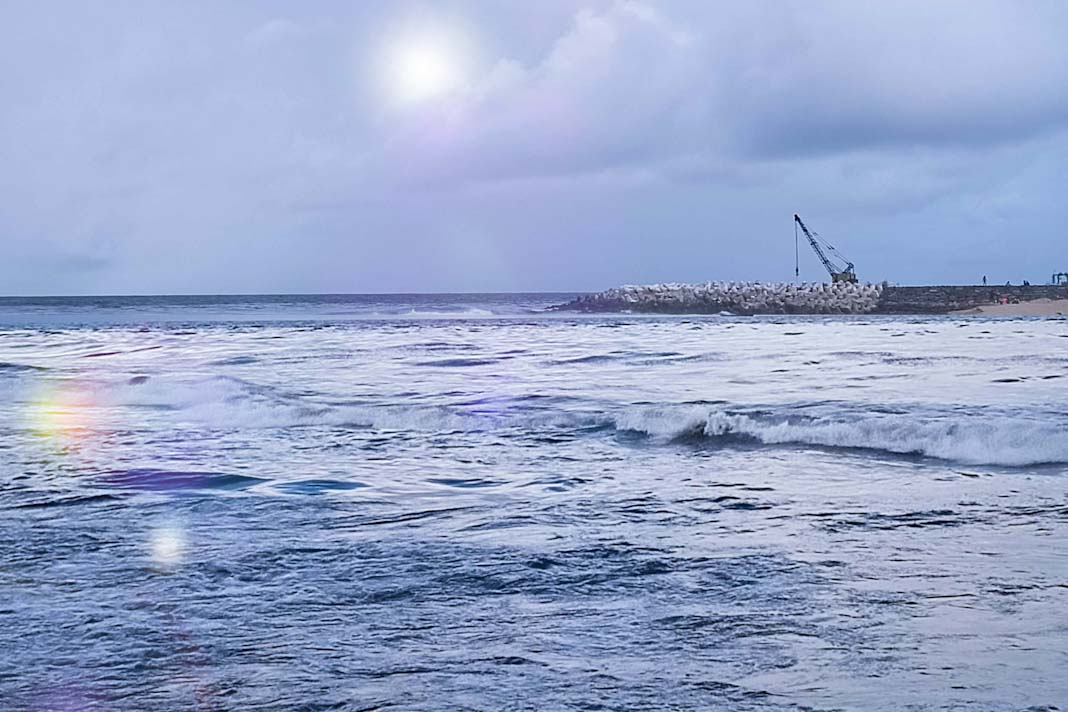 Installed as part of the Nexigen plan, it is the first electrical supply system for ships in a container terminal in a Mediterranean port.
Installed as part of the Nexigen plan, it is the first electrical supply system for ships in a container terminal in a Mediterranean port.
The OPS has been designed specifically to be compatible with the operations of the BEST terminal and will allow up to two ships to be connected simultaneously, adapting the electrical current to the needs of each one.
Pilot phase
In the pilot phase, which will last two years, the OPS will make it possible to cut the annual CO2 emissions of ships arriving at the Port of Barcelona by 2,500 tonnes.
The OPS is the first to be deployed under the 200 million-euro Nexigen plan which will enable all the wharves at the Port of Barcelona to be electrified, reducing emissions from port activity. This is a pilot project which, once fully operational, will provide first-hand evidence to understand the needs of this pioneering service and will allow the Port of Barcelona’s customers to become more sustainable as we move forward together towards decarbonisation.
Pere Aragonès, the president of the Generalitat (Catalan autonomous government), stated that the OPS “is a fundamental project for the future of Catalonia”, adding that “with the entry into operation of the first charging point for ships in a container terminal we are again demonstrating Catalonia’s leading role in Europe and in the Mediterranean.”
Pioneering equipment
Installed in parallel with the terminal enlargement works, building the OPS meant bringing a new 3.000-volt medium-voltage network via 3,000 metres of cable to the wharfside, where three specifically designed connection boxes were installed to make them compatible with terminal operations. These connection points, combined with the OPS’s ability to supply up to 8MW of power, allow two vessels to be connected simultaneously.
The new OPS system was manufactured in Denmark by PowerCon according to the specific needs of the Port of Barcelona. Once ships roll out their cables to the wharf and plug into the connection points, the electrical current can be adapted from the 25,000 volts received from the grid to the 6,600 needed by container ships, modulating its frequency to 50 or 60Hz, according to the specific needs of each vessel.
This flexible system makes it possible to maximise the connections made with the different ships arriving at BEST, taking full advantage of the potential of the OPS. Around 92 connections will be made during the first two years of operation of the OPS, which will be in the pilot phase. 2,500 tonnes of CO2 will thus be eliminated annually, the equivalent of around 135,000 cars driving 30 kilometres per day every year. As of year three, it is expected to progressively increase the number of annual connections, with the corresponding increase in the reduction of emissions.
First step of the Nexigen plan
The BEST OPS cost almost five million euros, which was partly funded via the Sustainable and Digital Transport Support Programme under the Recovery, Transformation and Resilience Plan. It is the first of a series of installations to be rolled out over the next five years under the Nexigen plan to electrify the Port of Barcelona’s principal wharves.
Did you Subscribe to our daily newsletter?
It’s Free! Click here to Subscribe
Source: Portdebarcelona


















